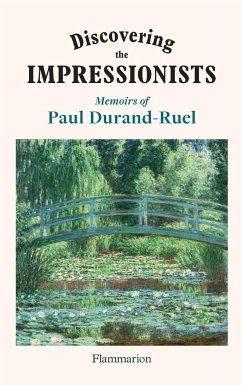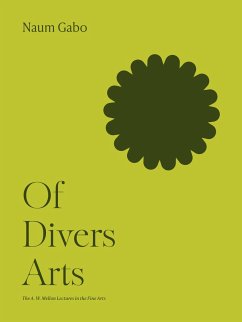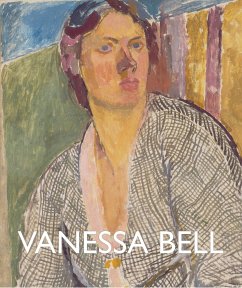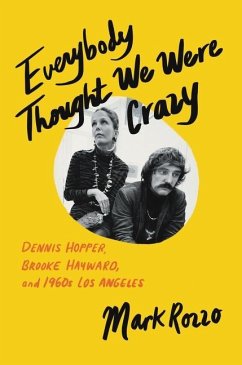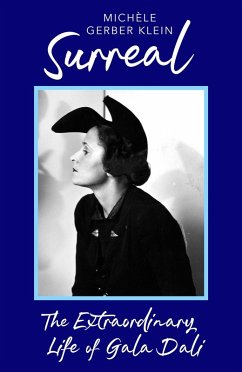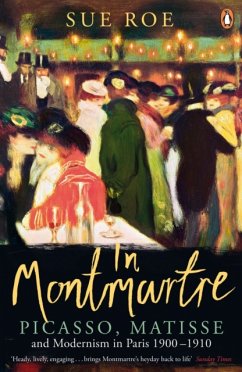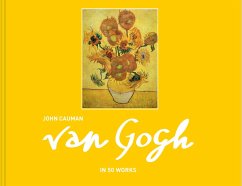
Beyond Painting
Versandkostenfrei!
Versandfertig in über 4 Wochen
13,99 €
inkl. MwSt.

PAYBACK Punkte
7 °P sammeln!
"Alongside Salvador Dalâi and Andrâe Breton, Max Ernst (1891-1976) remains one of the most famous names to be associated with Surrealism, and must now be regarded as one of the most original, prolific and best-known artists of the 20th century. Assembled in 1947, when Ernst had attained the height of his artistic powers, BEYOND PAINTING is a definitive autobiographical document of the painter and the creative processes behind his work, enhanced by testaments by many of his friends including fellow Surrealists André Breton, Paul Éluard, Roberto Matta and Hans Arp, as well as others such as ...
"Alongside Salvador Dalâi and Andrâe Breton, Max Ernst (1891-1976) remains one of the most famous names to be associated with Surrealism, and must now be regarded as one of the most original, prolific and best-known artists of the 20th century. Assembled in 1947, when Ernst had attained the height of his artistic powers, BEYOND PAINTING is a definitive autobiographical document of the painter and the creative processes behind his work, enhanced by testaments by many of his friends including fellow Surrealists André Breton, Paul Éluard, Roberto Matta and Hans Arp, as well as others such as New York art dealer Julien Levy. BEYOND PAINTING also contains Ernst's revolutionary experiment in collage, The Lion of Belfort, as well as a preface by New York artist Robert Motherwell and a chronology of Ernst's life written by the artist himself."--Provided by publisher.




